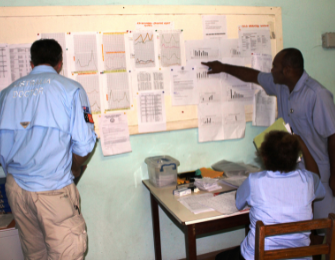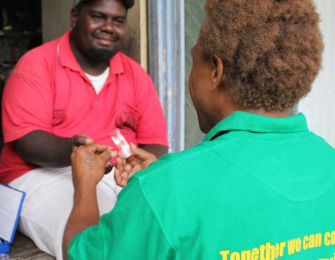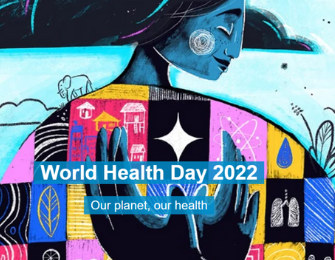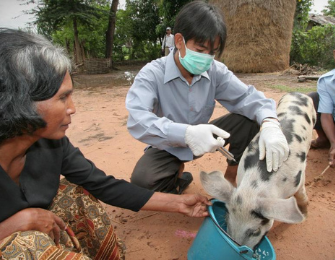
A new project funded by the Indo-Pacific Centre for Health Security will enable 12 Pacific Island nations to combat outbreaks of mosquito-borne diseases and improve the health of people in the region by strengthening vector surveillance and control programs.
Professor Tom Burkot of the Australian Institute of Tropical Health and Medicine (AITHM) at James Cook University, and project leader of Pacific Mosiquto Surveillance Strenghtening for Impact (PacMOSSI) says the main focus will be on the Aedes mosquitos. These mosquitos carry the dengue, zika and chikungunya viruses because there have been more frequent and intense outbreaks of these diseases in Pacific Island countries in recent years.
The project will help Pacific Island countries to do more systematic mosquito surveillance and control, based on best-practice recommendations from the World Health Organization, a directing partner for the project.
Professor Burkot says the reason why vector surveillance is so important is because with malaria and dengue alone, there are 800 million human cases each year and control can be ‘more complicated than rocket science’.
The many species of virus-carrying mosquito evolve constantly and adapt their behaviour to beat interventions, for example, some species have become resistant to insecticides. An effective intervention for one species may not work with others.
“What we’re trying to do is arm the countries so that they can monitor the mosquito populations more proactively, so they can anticipate what is going to happen when they put in an intervention and allow them to get a step ahead of the mosquitoes or at least respond much more quickly than they have been doing,” he explains.
Professor Burkot and co-lead Dr Tanya Russell, an AITHM Research Fellow, will collaborate with scientists from a dozen institutions. Partners include the Papua New Guinea Institute of Medical Research, Queensland Institute of Medical Research Berghofer, the Universities of Queensland and New South Wales, Australian Red Cross, Burnet Institute, Beyond Essential Systems, Australian Defence Force Malaria and Infectious Diseases Institute, The Pacific Community and the Asia Pacific Malaria Elimination Network.
“What is unique is the strength of the collaboration we’ve been able to put together combining the strengths of our partners in Australia and regionally,” Dr Russell says.
The consortium intends to work to roll out a regional program across 12 countries, including Papua New Guinea, Fiji, Solomon Islands, Samoa and Tonga. The project has several components. The researchers will do an online assessment of the capacity, strengths and weaknesses of each Pacific nation’s existing surveillance and control programs.
The project was initially delayed because of COVID-19 delayed but the research team are now beginning to sign a memorandums of understanding with the ministries of health in each country, and working with them on building practical strategic plans to make the best use of existing staff and facilities. The project team will use online platforms for capacity building for vector surveillance officers. The project team will create a complete set of 11 training modules on different aspects of vector surveillance.
Countries will be able to pick the modules they need. Another component is software development and management, so countries can collect and easily visualise data on aspects such as the number of cases, pharmaceutical supplies and which insecticides local mosquitoes are resistant to and which work.
Professor Burkot says controlling the vector-borne diseases is really challenging. “But the control measures work. If you look at malaria, it has been reduced by around 40% over the last 15 years.” He believes countries have a better chance of being effective against other mosquito-borne diseases if they have the right tools at their disposal and are monitoring the right things.
“With dengue in particular we have always been very reactive. We want to change the dynamics and allow countries to be more proactive,” he says. “The ultimate beneficiaries of the project will be the people of the countries involved, particularly women and children as they are most vulnerable to outbreaks,” according to Dr Russell.
Photo: Dr Ian Norton looking at dengue information at the Good Samaritan hospital in Guadalcanal, Solomon Islands. Dengue Taskforce, 2013. Photo credit: Lou Anderson, DFAT.




